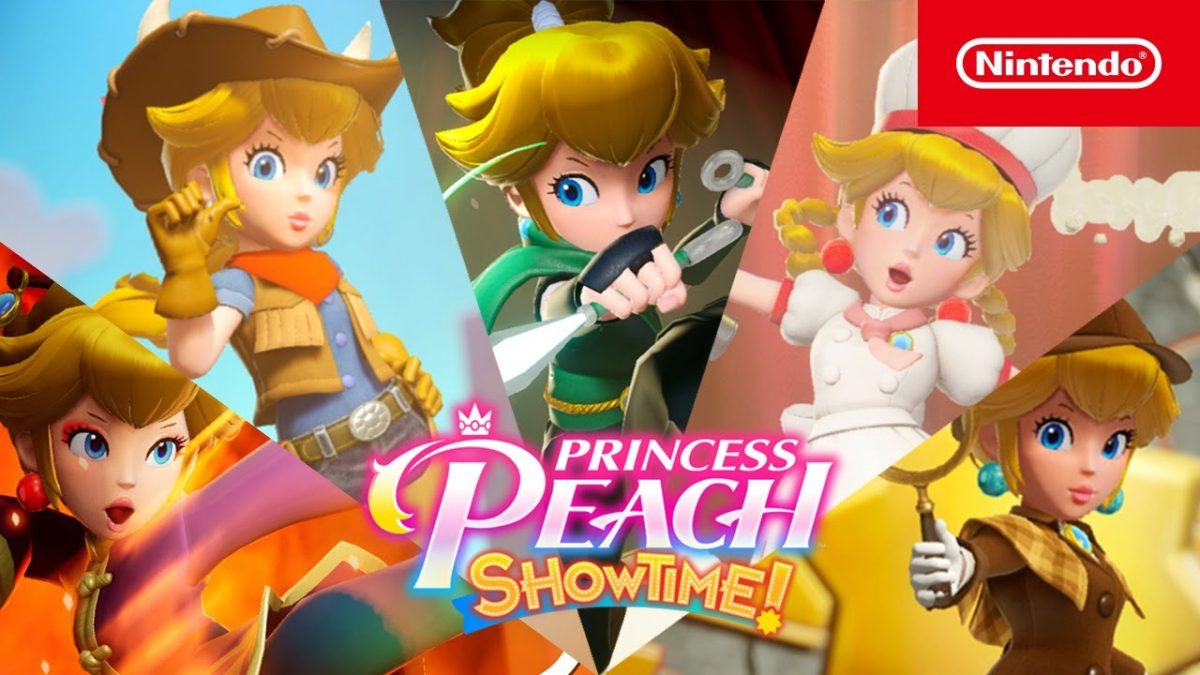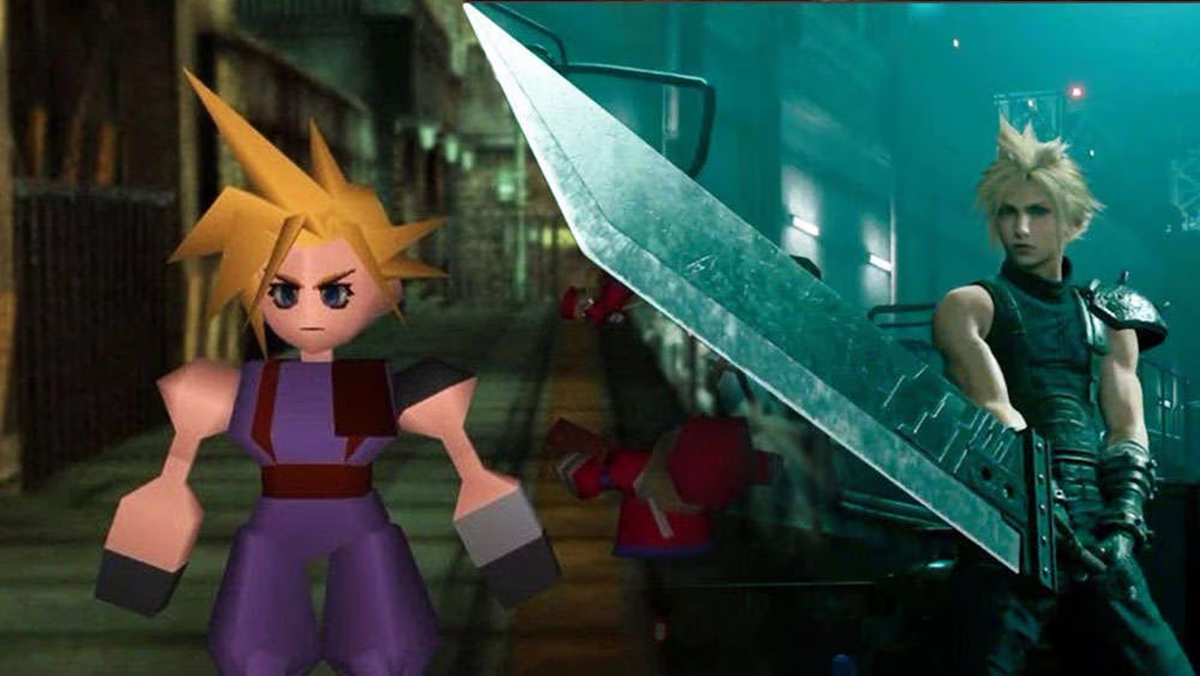 Lyssa Beyer
Lyssa BeyerI think it’s safe to say that video games have come a long way since “Pong.” Instead of the simple objective of keeping a ball from passing your paddle, or even the heroine-like addiction we have to the run-and-jump formula of Super Mario, most games now involve complex character development, eye-popping realistic graphics and movie-like storylines to keep the gamer glued to the console for days on end.
Of course, we have to remember cultural popularity equals government regulation of some sort – this is where the ratings system comes into play.
In order to prevent younger audiences from buying certain video games deemed too graphic for their age group, game companies are required to slap a rating on the game, similar to a movie rating. However, the punishment for trying to sneak into an R-rated movie when you’re under 17 is usually just a boot from the theater or a demand that you go see the movie you paid for. While that is the current course of action many retailers take with video game offenders, Minnesota was a day away from imposing a fine on kids for trying to buy M-rated games.
According to an article on News.com, a U.S. district judge blocked the law imposing a $25 fine on minors attempting to purchase or rent M or A/O-rated games. The court noted that the state “failed to come forth with incontrovertible proof of a causal relationship between the exposure to such violence and subsequent psychological dysfunction.”
The law had been struck down the first time in 2006, but the state argued children don’t have a First Amendment right to play violent video games and justified the policy by claiming protection of children’s welfare, according to the article.
This isn’t the first court to adopt similar rulings by citing the lack of credible evidence that video games facilitate increased violence in minors.
I think the argument of all or nothing applies here. If the state had been allowed to restrict minors’ access to video games, shouldn’t it do the same for movies and television shows if kids shouldn’t be exposed to extreme violence in the media? Ratings systems are in place so parents know what their children are watching or playing and can use their own judgment as to whether something is too violent or not.
And speaking of violence, it’s not like high school English classes are reading PG-like books, as the judges in the case pointed out that “MacBeth” and The Bible each contain scenes of violence, yet are completely accepted by people everywhere as classics and even holy.
When I was a kid I read more than a few Stephen King books, which definitely aren’t the cleanest of stories. I watched Power Rangers do ninja moves, Jaws tear people apart and played “Goldeneye” for hours on end. No matter how hard you try, you can’t completely prevent a kid from some sort of exposure to graphic sex and violence. Plus, children go through naturally aggressive stages in their lives that have no correlation with video game exposure.
As long as the parents are aware of their kids’ behavioral tendencies and preference in video games, then I see no problem in allowing a 15-year-old kid to play “Call of Duty” or “Grand Theft Auto.” Plus, if you keep telling kids they can’t have something because it will warp their mind, they’ll probably go after it any way they can.
And like movies, television and music, video games serve as a stress reliever when I’m mad or drinking. I pop in “Madden” or “Call of Duty” and just go to town on random players online so I don’t have to do it in real life. In a way, society should be thanking video games for keeping violence in the virtual streets. Most violent or sexual games give those terms a purpose within the context of a story.
As a society, we are exposed to some form of violence every day, whether it’s on television, at a sporting event or elsewhere. We only confuse children even more by saying they can’t play a certain game but are free to turn on Ultimate Fighting or “Jackass” whenever they want because there’s no way to completely bar them from television.
In the aftermath of Columbine, people were in such a rush to correlate the shooters’ movie and game preference to their motives behind the act that they overlooked the ridicule and humiliation the pair went through in high school as a result of not “fitting in.” Add in the ignorance of the parents and I think you’ve found the root of the problem had nothing to do with their interpretation of a Marilyn Manson album.
Video games have quietly become good learning tools as they can help develop critical thinking skills, hand-eye coordination and teamwork, as discussed in a 2005 USA Today article about psychologists prescribing video games for children with ADD. I’m not saying every game is a Zelda-like classic, but neither is every book or movie.
There are M-rated games, just as there are masterpiece novels with graphic depictions of sex and violence. And since there’s no reasonable justification for fining high schoolers for reading required Shakespeare texts, there’s also no logical point to doing the same for kids in their leisure time. I’ll let the parents sort that one out.
McCormick is a junior print journalism major and news editor of The Spectator.






